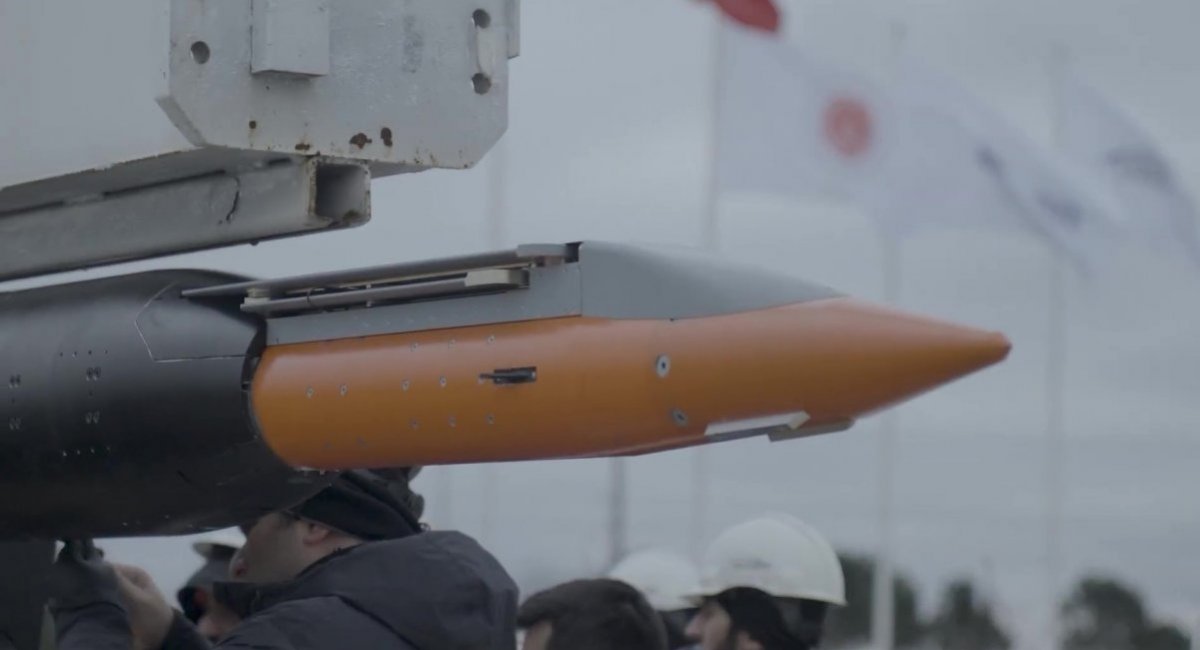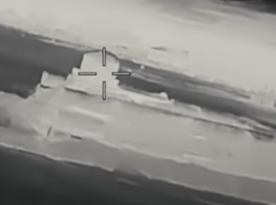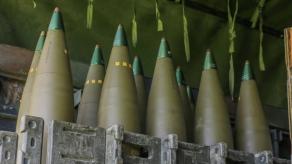Aselsan, a Turkish defense company, demonstrated the first live firing tests of its new product named Göktan, which doesn't hide its inspiration source in a weapon pioneered by Saab and Boeing, namely the Ground-Launched Small Diameter Bomb, or GLSDB.
Much like the GLSDB, the Turkish design combines the existing Tolun long-range glide bomb of 139 kg of weight (compared to GBU-39 SDB's 129 kg) with a solid-fuel rocket to get a ground-based long-range attack system.
Read more: GLSDB is Affected by EW But Air-Launched SDB is Not, Even Though it's the Same GBU-39: Why So
In contrast to these shared traits, while the GLSDB uses the engine from an M26 unguided rocket (deployed by M270 and HIMARS systems), Aselsan is cooperating with its Turkish partner DeltaV. The latter is a space startup that develops and produces potentially affordable launch vehicles for delivering satellites of small size and weight.
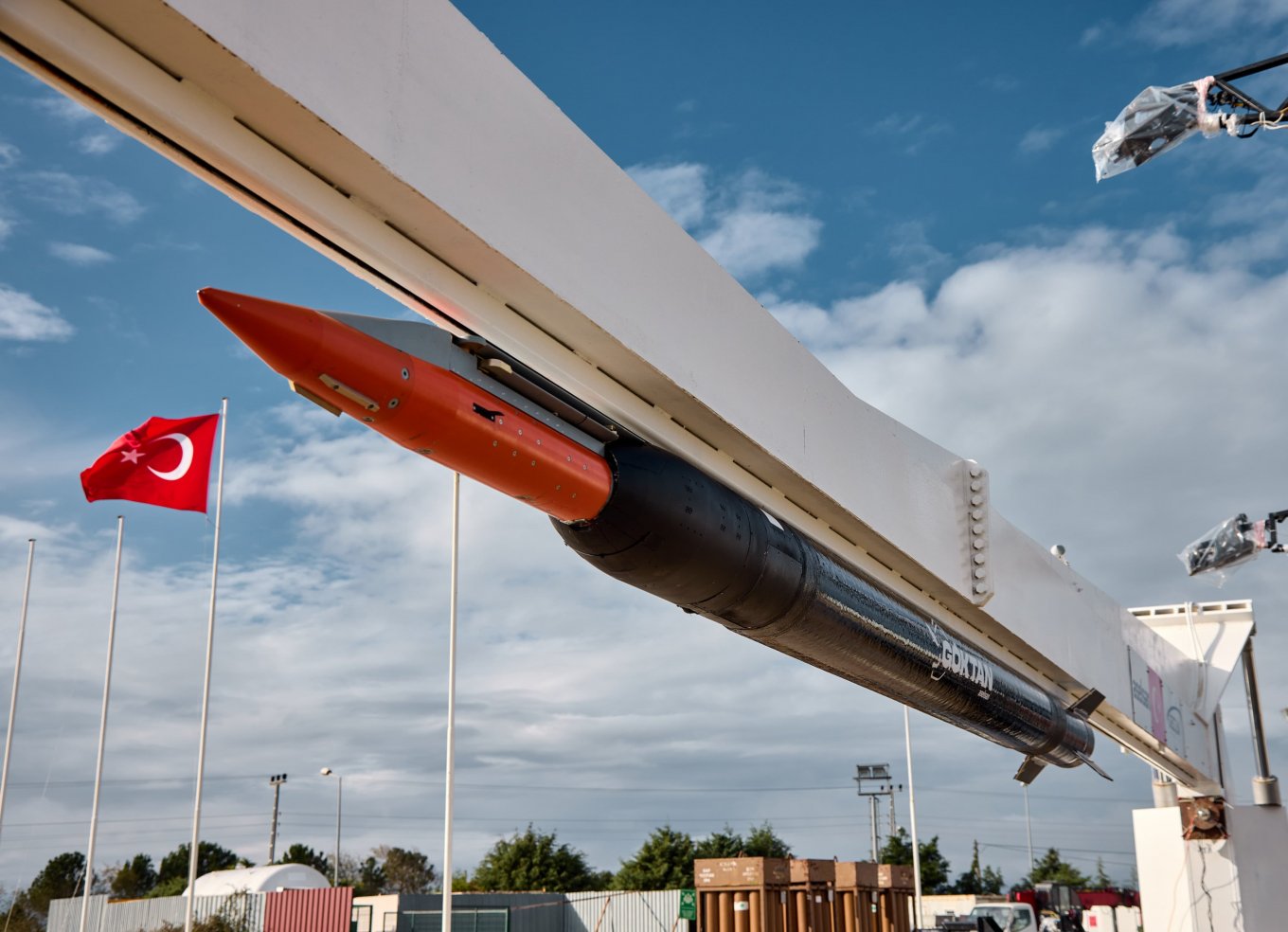
Neither specifics about the type of booster nor any of the technical capabilities of Göktan are disclosed to the public. DeltaV's website doesn't feature any info on the rocket shown in the video either. Therefore, apparently, it's a booster created specially for this weapon or one of the older models which the company was experimenting with over 10 years ago in its founding days.
But it is unlikely that Aselsan will be satisfied with a range parameter of less than 150 to 160 km that was achieved by the GLSDB. Moreover, the system operating principle is identical: the bomb is boosted up to a considerable altitude and distance where it deploys wings and glides further to the target. The original Tolun glide bomb boasts an autonomous flight range of 100 km after release by the carrier, and for basic SDB it would be 110 km, although much depends on the flight parameters of the aircraft — foremostly its altitude and speed — before it drops the weapon.
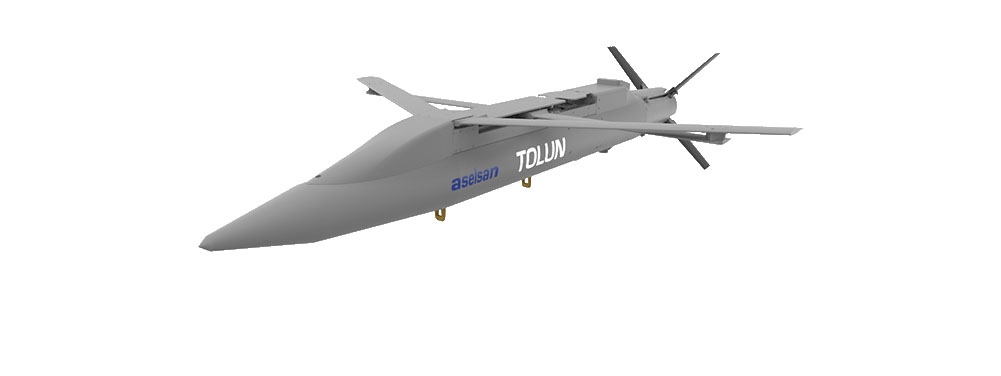
It should be noted that the GLSDB has not yet interested any customer, and its real combat performance in Ukraine has shown low effectiveness. It is believed that the primary reason is vulnerability to electronic warfare. Having traveled over 100 km under EW influence, an SDB accumulates deviation from the aiming point too critical to reliably cause meaningful damage to the intended target.
This problem is conceptual in nature and applies equally to the Turkish project as well. The question is, how Aselsan approached this drawback after seeing its consequences in practice? None of the public materials hint towards design innovations addressing EW resistance, so it remains unknown for now.
Read more: Why Pentagon can Rest Assured Knowing GLSDB Proved Ineffective in Ukraine's Modern War Realities




